fazhar
TPF Noob!
- Joined
- Jan 29, 2014
- Messages
- 19
- Reaction score
- 0
- Location
- United Arab Emirates
- Can others edit my Photos
- Photos OK to edit
None of your pictures linked in your first post are focused. When you say the 50mm produced only bokeh, it's just completely not even remotely close to anything resembling being in focus. Are you sure you focused at infinity, or did it get cranked to minimum distance?
Whacking the lens over to infinity is not necessarily actually infinity focus. For manufacturing tolerances most lenses can move past that point. Finding the actual infinity focus point means actually looking through the lens and focusing. As stated above, Live View works well because you can zoom the electronic image and see the point of focus as you adjust back and forth.
Anything over 15 seconds is going to show streaking. If the lens is long enough, streaking shows at 5 seconds!
Overly high ISO will turn the black sky to noise.
White balance should be extremely well over to the cool side. Probably not as far as it can go, but pretty far down the K scale.
Also, while it may seem that you want the largest aperture you can get, be aware that most lenses perform at their worst when wide open. Treat a 1.4 lens like it was a 2 or 2.8. Maybe even a 4. Sharpness usually suffers wide open, especially at the edges.
Yes I was setting the focus to infinity on the lens without actually checking if it's focusing properly. I always thought setting it directly to infinity might fix all the problems by itself.
My shutter speed was also a problem there, didn't realize that I have to reduce shutter speed because of my crop sensor camera.
I have a question for white balance. Isn't it ok to take photo in auto white balance and fix the balance in lightroom? Does it make a difference if I set white balance at the time of shooting.


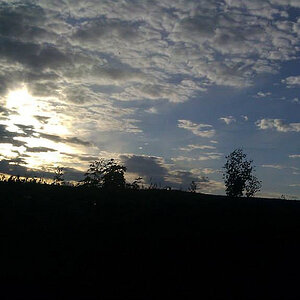
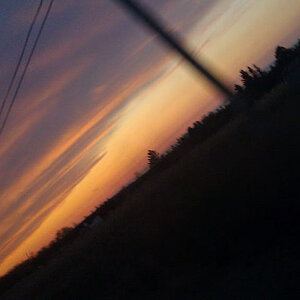
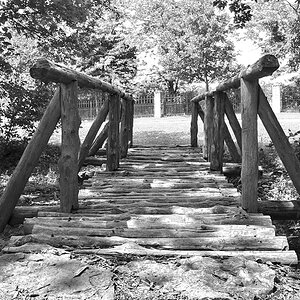
![[No title]](/data/xfmg/thumbnail/34/34131-26fa915af5e4adb9d0f123c4c8b7cae4.jpg?1619736302)
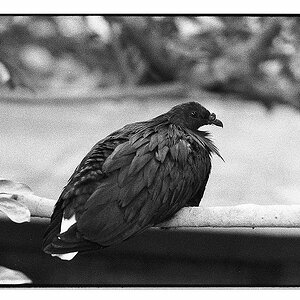
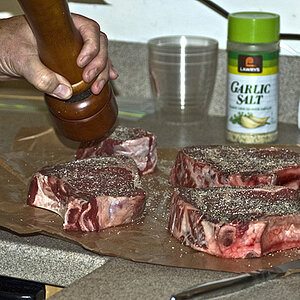

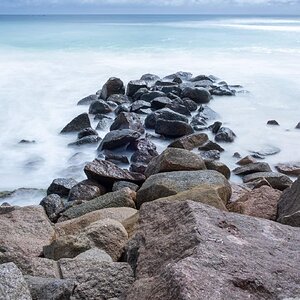

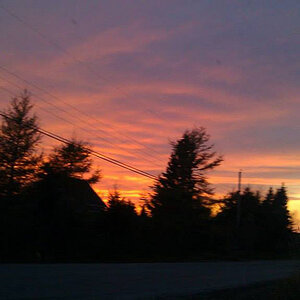

![[No title]](/data/xfmg/thumbnail/34/34132-7c7fbdcb2006703d33f975289561cd9d.jpg?1619736303)